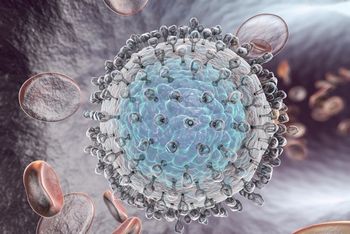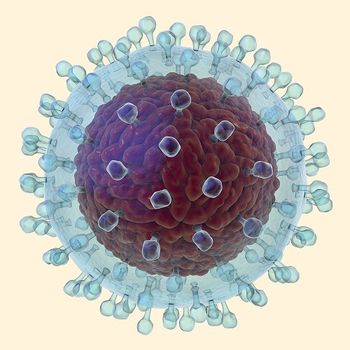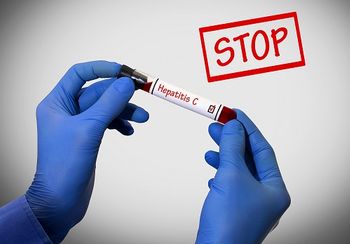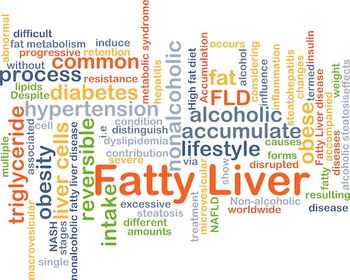
Researchers elucidate the prevalence of hepatic steatosis in patients infected with HIV, as well as in patients coinfected with HIV and HCV.

Researchers elucidate the prevalence of hepatic steatosis in patients infected with HIV, as well as in patients coinfected with HIV and HCV.

This week we explore whether or not a national state of emergency and criminalizing opioid abuse will really help to stop the problem.

A new study finds that sofosbuvir-based treatment in a real-life setting offered SVR rates greater than 90% in hard-to-treat HCV genotype 3 patients with advanced liver disease.

A recent study finds that the use of sofosbuvir-based direct-acting antivirals for HCV treatment was effective and well-tolerated in elderly patients.

A new study demonstrates that the drug regimen consisting of glecaprevir plus pibrentasvir for non-cirrhotic patients with HCV genotype 1-6 is safe and effective.

With IV drug use accounting for 60% of new infections, treatment for individuals in this population is necessary to stave off new infections.

The US Food and Drug Administration approved Mavyret for adults with chronic hepatitis C virus (HCV) genotypes 1-6 without cirrhosis or with mild cirrhosis.

A recent study finds that HBV reactivation occurs earlier and is more severe in HBV/HCV coinfected patients treated with DAA therapy compared with patients treated with IFN-based therapy.

A new study published in the Journal of Hepatology evaluates the risk of HBV reactivation in veterans receiving direct-acting antiviral therapy.

Study finds that hepatitis C patients who had reached sustained virologic response using direct-acting antiviral drugs show a considerably reduced risk of the most common type of liver cancer.


A research team from the Netherlands turns to deep sequencing technology to detect hepatitis C virus resistant variants.

A naturally occurring compound in plums has been found to block the entry of the hepatitis C virus into cultured liver cells.

A recent report coming from the O’Neill Institute for National & Global Health Law takes a closer look at the tools needed to achieve hepatitis C elimination in the United States.

A new study finds hepatitis C virus (HCV) infection to be associated with a 70% increased rate of mortality in in-hospital patients with invasive pneumococcal disease (IPD).

Seniors are at increased risk of hepatitis B, hepatitis C, and HIV. Prevention and early detection of potential infection are critical to avoiding long-term impact.

New drugs for HIV, the growing rate of antibiotic resistance, a new hepatitis C treatment option, and updates on the Ebola outbreak and Lyme disease diagnostics, make up the Top 5 articles for this week.

Findings from a clinical trial from researchers at Hospital Saint Joseph in Marseilles give new hope to patients with HCV in whom treatment with direct-acting antivirals previously failed.

Not much is known about how HIV mono-infection contributes to the development of hepatic steatosis, due to how difficult diagnosis of this condition used to be. Now, with the developement of noninvasive tools, it is easier to diagnose steatosis.

Research presented at Digestive Disease Week examines the factors that contribute to effectiveness of HCV treatment.

The lack of availability of generic DAAs in many other parts of the world increases prices and often limits treatment to people with later stages of the disease.

Researchers may have found a way to broaden the US kidney transplant supply list.

The CDC released new preliminary surveillance data showing that over five years, the number of new hepatitis C infections has nearly tripled in number.

A new study published in the CDC's Morbidity and Mortality Weekly Report details an increasing trend of hepatitis C infection in pregnant women, especially in the state of Tennessee.

This week’s Public Health News Watch focuses on news that the new American Healthcare Act (AHCA), recently approved by the House, reportedly will not cover those with preexisting conditions.